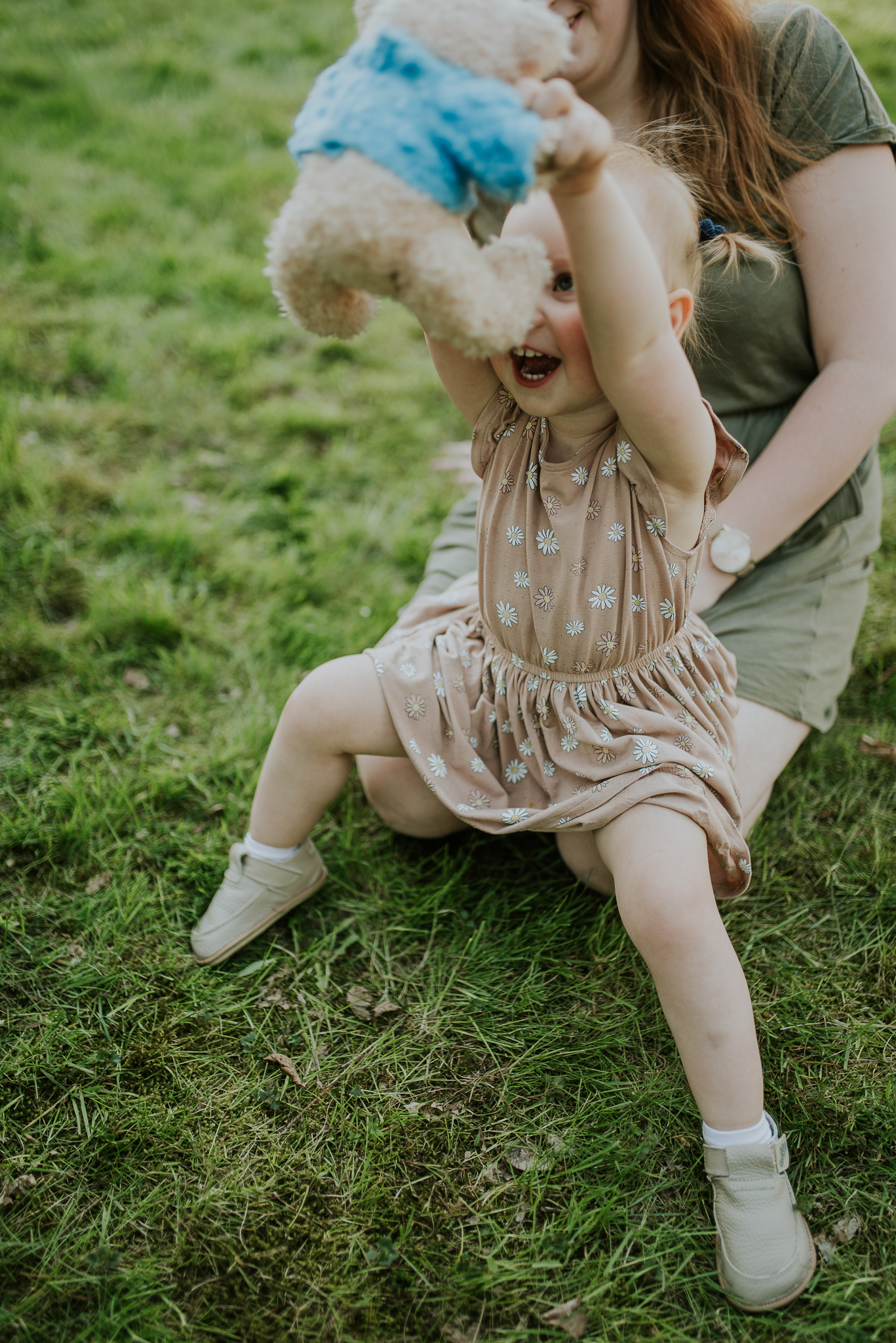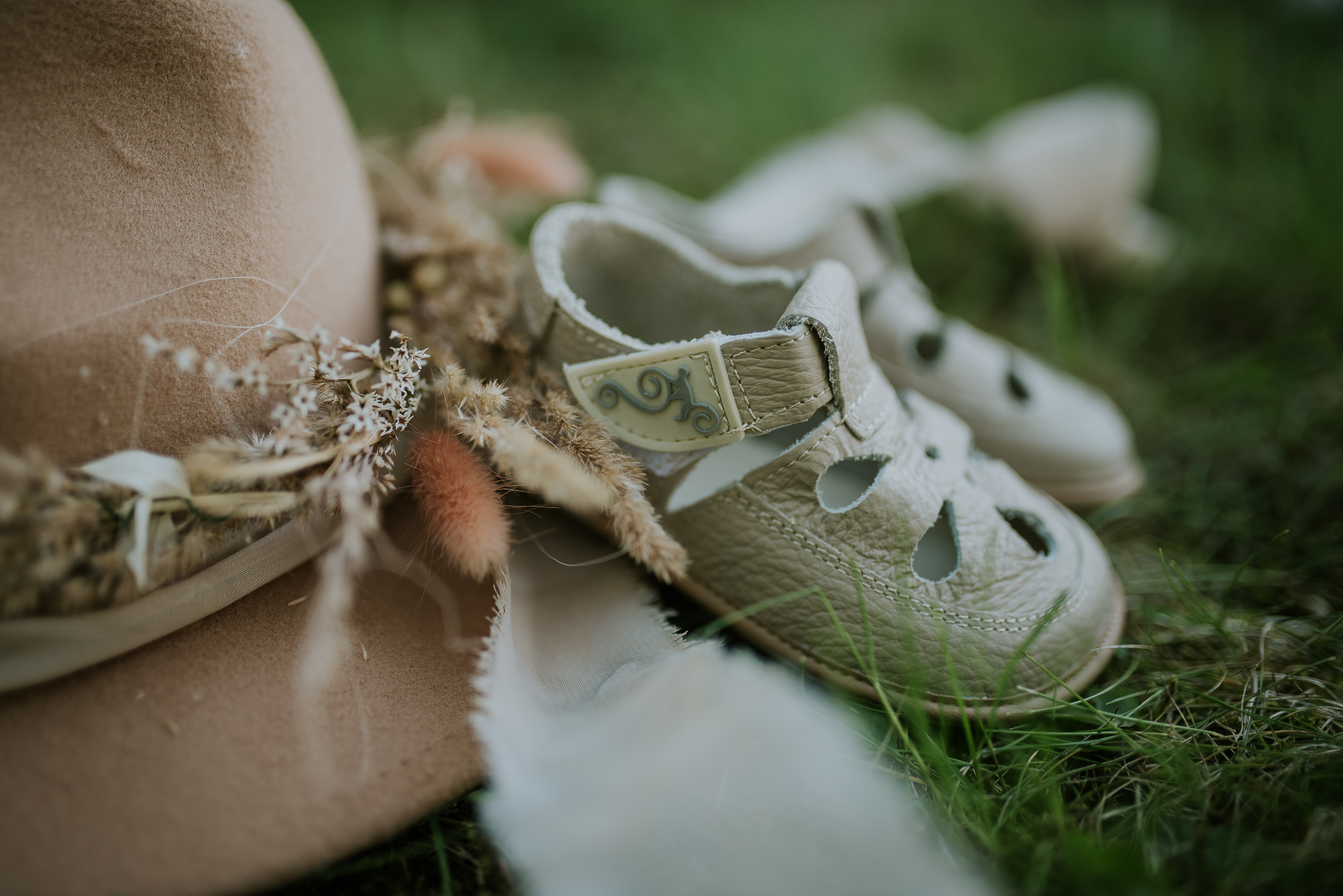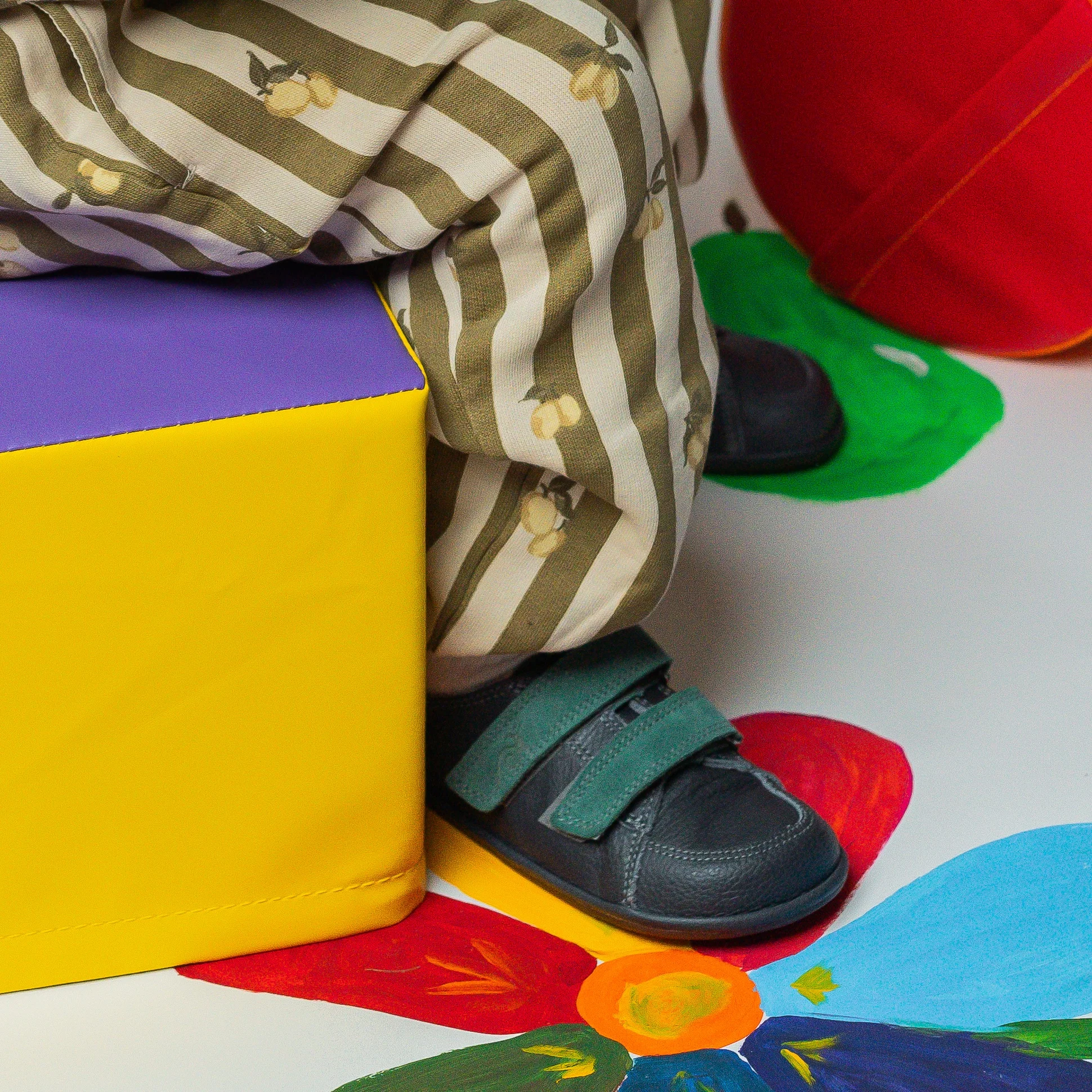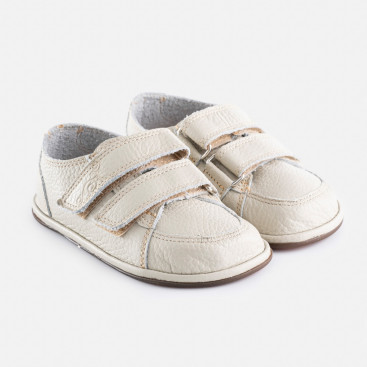Why are proper shoes for children so important?
A child’s foot is not just a miniature version of an adult’s – it’s a highly sensitive and rapidly developing structure that continues to form well into later childhood. That’s why choosing children's slippers should be based not on looks, but on function and comfort.
Kindergarten is a place where a child spends several hours a day – running, jumping, sitting, standing, and making countless spontaneous movements. Slippers should support natural foot development, allow freedom of movement, and be easy for a child to put on and take off independently. Poorly chosen slippers – too tight, heavy, or stiff – can restrict foot mobility, cause improper toe alignment, and even contribute to posture problems.
More and more pediatric physiotherapists and orthopedists agree: healthy children’s slippers should imitate barefoot walking. Lightweight and flexible, made from natural materials, with thin, non-slip soles – these are the models that support healthy development and help children feel comfortable during everyday activities.
What footwear requirements do kindergartens have?
While many kindergartens give parents flexibility, some institutions define specific footwear requirements. Most often, these relate to fastening – slippers should have Velcro or other easy-to-use closures that allow children to put them on by themselves. Some facilities still recommend stiff heel support, although this doesn’t always align with current medical guidelines.
It’s worth asking the teachers or checking the internal regulations. Some kindergartens accept barefoot shoes, others prefer classic slippers. In nurseries, where children are just learning to walk, the focus is on flexibility and anti-slip soles, and shoes must fit securely. Slippers for nursery and kindergarten are not only functional but also educational – they support the development of independence.






































.webp)

.webp)
.webp)





